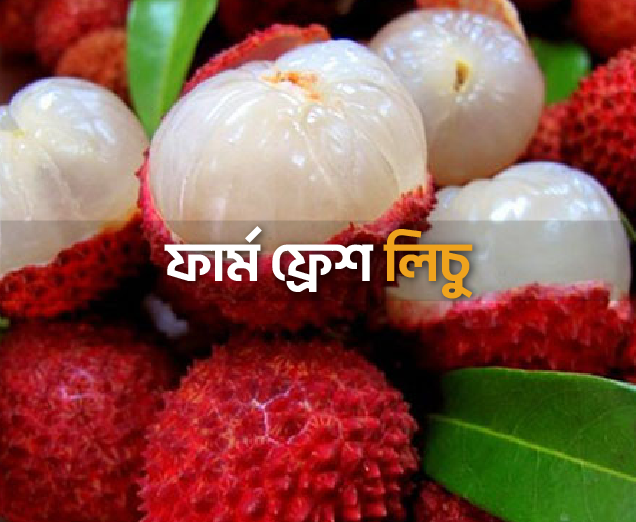
Test Lichi Blog 1
in Lichi
Lichi , hailed as the “king of fruits,” captivates our taste buds with its luscious sweetness and vibrant flavors. While enjoying fresh mangoes is undoubtedly delightful, the preservation of this tropical goodness through drying technology opens up a world of possibilities. In this blog, we’ll delve into the fascinating realm of mango drying technology, exploring the methods, benefits, and the journey from fresh fruit to delectable dried mango.
Sun Drying: A Time-Honored Tradition:
One of the oldest methods of drying mangoes involves harnessing the power of the sun.
The process begins by slicing the mango into uniform pieces to ensure even drying.
These slices are then laid out in the sun, allowing natural sunlight to gradually remove the moisture.
While sun drying is cost-effective and retains much of the fruit’s flavor, it is weather-dependent and may take several days.
Mechanical Drying: Precision in Control:
In modern mango drying technology, mechanical methods provide a controlled environment.
Hot air drying is a popular technique, where mango slices are placed in chambers with controlled temperature and humidity.
This method reduces the drying time significantly, preserving color, flavor, and nutritional content.
Additionally, freeze-drying, which involves freezing mango slices and removing ice through sublimation, is gaining popularity for its ability to maintain the fruit’s original texture and taste.
Understanding the Drying Process:
The drying process involves the removal of water content from the mango, inhibiting the growth of microorganisms that cause spoilage.
Water removal is crucial for extending the shelf life of mangoes, making them suitable for storage and transportation.
Careful monitoring of temperature, humidity, and air circulation is essential to prevent over-drying or under-drying, ensuring the quality of the final product.
Benefits of Dried Mango:
Long Shelf Life: Dried mangoes have a longer shelf life compared to fresh ones, allowing consumers to enjoy the tropical delight year-round.
Convenience: Dried mangoes are portable and convenient, making them an ideal snack for on-the-go lifestyles.
Nutrient Retention: Proper drying methods help retain essential nutrients, making dried mango a healthy alternative to sugary snacks.
Quality Assurance and Standards:
International standards such as Good Manufacturing Practices (GMP) and Hazard Analysis and Critical Control Points (HACCP) ensure the safety and quality of dried mango products.
Adherence to these standards guarantees that the drying process is conducted under strict guidelines, providing consumers with a reliable and safe product.
Innovations in Mango Drying:
Ongoing research and development continue to explore new technologies, such as microwave drying and infrared drying, to enhance efficiency and preserve sensory qualities.
Sustainable drying practices, including the use of solar dryers and energy-efficient methods, contribute to environmentally friendly mango processing.
Conclusion:
Mango drying technology has come a long way, evolving from traditional sun drying to advanced mechanical methods. The process not only preserves the irresistible taste of mangoes but also offers a myriad of benefits, from extended shelf life to convenient snacking options. As technology continues to advance, the future of mango drying holds exciting possibilities, ensuring that the “king of fruits” remains a culinary delight for generations to come.